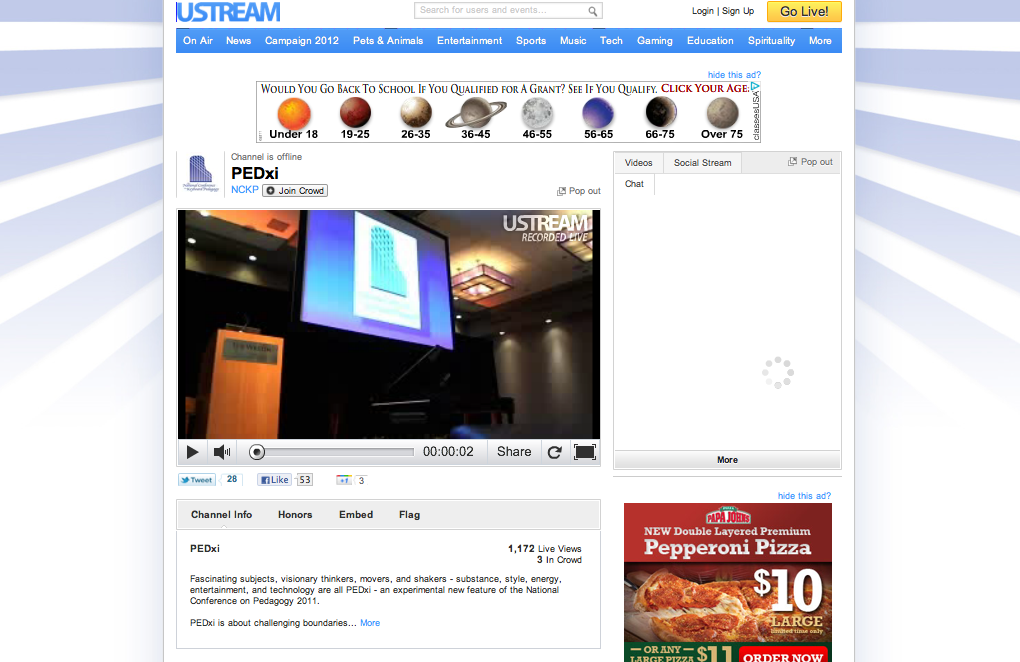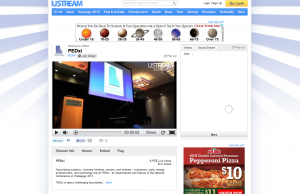 I received an email from a reader over the weekend, asking if I had any suggestions for a color printer. I bought a new printer about a year ago, so I told her all about that.
I received an email from a reader over the weekend, asking if I had any suggestions for a color printer. I bought a new printer about a year ago, so I told her all about that.
I bought an Epson WorkForce 645 about a year ago. I chose the Epson brand based on the reviews I read on Amazon and elsewhere. I looked at the technical specs of Epson’s whole line of printers, and ended up choosing the Workforce 645 because it was cheapest printer in their line-up that was designed to be able to print on cardstock (which I like to use when printing flashcards, games, etc.) and can automatically print double-sided (I get confused when I try to do it manually!) It also has a built-in scanner, which I have found to be very convenient.
I’ve been pretty happy with my printer overall — I’d give it a 4 stars out of 5. Sometimes, the printer claims there is a paper jam for no reason when it is trying to print double-sided. And sometimes, when printing a full page of color, there are some patchy, un-even areas. But overall, it has performed pretty well for me. The ink is a little pricey IMO, but it is probably no worse than any other brand’s ink.
Do you have a color printer to recommend (or not recommend)? Please share about it in the comments!



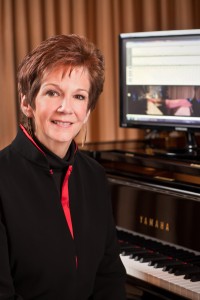


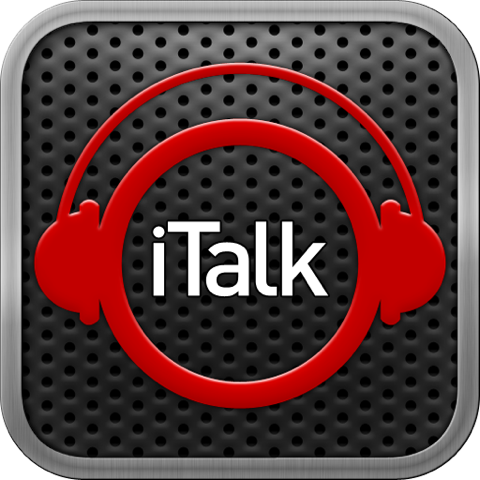


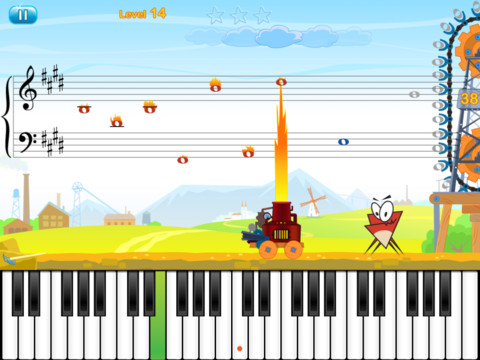
 I’ve been enjoying the wonders of my iPod Touch 4g for nearly two years now. However, recently, my hubby and I upgraded our cell phones to the glorious iPhone 4. There isn’t really much difference between the two, other than that now I don’t have to carry both a phone and the iPod around with me everywhere (my iPod had my calendar with teaching schedule, so I tried to keep it with me always), and now I can access the internet anywhere I go.
I’ve been enjoying the wonders of my iPod Touch 4g for nearly two years now. However, recently, my hubby and I upgraded our cell phones to the glorious iPhone 4. There isn’t really much difference between the two, other than that now I don’t have to carry both a phone and the iPod around with me everywhere (my iPod had my calendar with teaching schedule, so I tried to keep it with me always), and now I can access the internet anywhere I go.
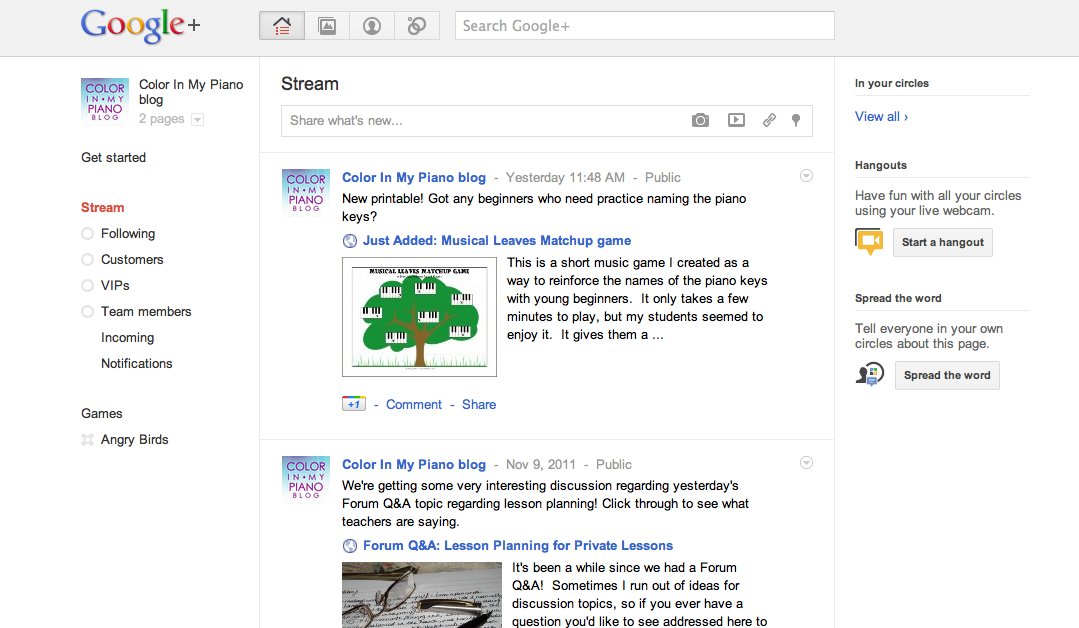
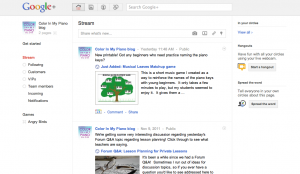
 I’ve been intending to write this post in the “Studio Marketing” series (perhaps the last one) for awhile now, but I was stalling in hopes of being able to include more information about the new Google+ social networking site……I’ll get to that in a moment. Read on. 🙂
I’ve been intending to write this post in the “Studio Marketing” series (perhaps the last one) for awhile now, but I was stalling in hopes of being able to include more information about the new Google+ social networking site……I’ll get to that in a moment. Read on. 🙂

